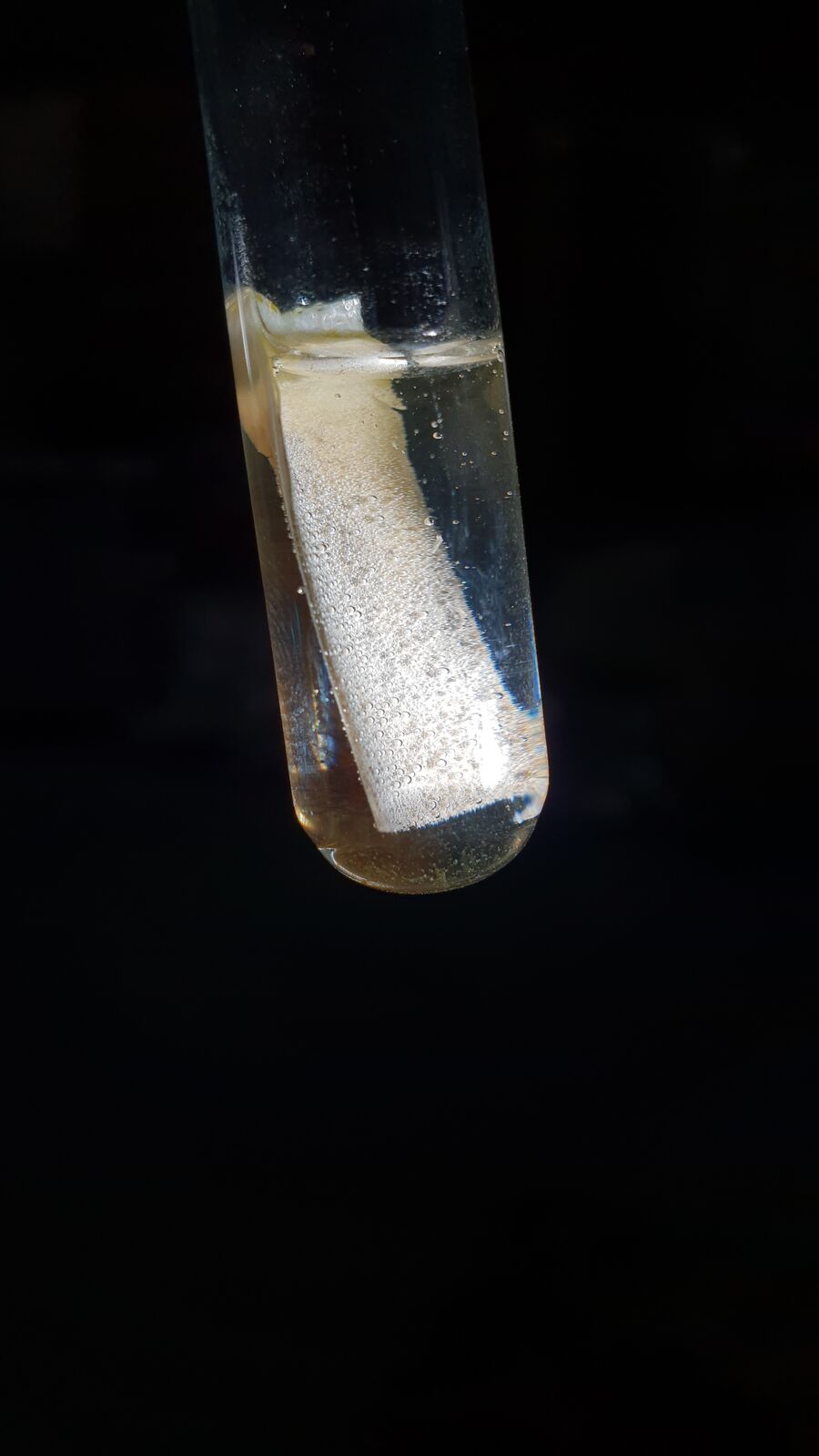Project Overview
Plastic pollution is a key challenge of global dimensions that urgently requires new mitigation strategies. The conversion of waste materials into fuels is an attractive approach to simultaneously produce fuels and mitigate pollution. We are developing nanostructured photocatalysts to drive waste upgrading with solar energy to lower the energy consumption and cost of this process by utilising the photo-excited state of quantum dots.
Lignocellulosic biomass is the most abundant raw material on earth, but its utilisation for fuel production is limited to energy-intensive processes due to low solubility and reactivity at ambient conditions. This work is the first example of direct photochemical conversion of unprocessed waste biomass into clean hydrogen fuel. We adapted concepts of solar fuels research for biomass valorisation by replacing commonly used sacrificial electron donors with waste. Through protection of CdS quantum dots with a CdOx layer to overcome the well- documented photocorrosion of CdS, we developed an efficient and robust photocatalyst. This visible-light responsive system produces H2 fuel from various types of unprocessed lignocellulose such as wood, grass and waste paper at ambient conditions using sunlight as the sole energy input.
We have recently extended this approach to the photochemical generation of hydrogen fuel from plastics. Plastic waste has become a growing environmental challenge of global dimensions that urgently requires new mitigation technologies. Using our CdS/CdOx photocatalyst, we can generate H2 fuel from common plastics such as PET, PLA and PU upon solar irradiation. During this process, the plastics are degraded to useful organic compounds, e.g. photochemical treatment of PET generates terephthalic acid, one of the precursors needed to produce new PET. Remarkably, we can use real-world plastic waste cut from an old dirty water bottle without lowering the performance of our catalyst. We aim for this low-energy process to become a complement to conventional recycling, targeting mixed and contaminated waste that is currently challenging to recycle.
We are currently aiming to further improve this process by developing new, Cd-free materials as photocatalysts that can operate at more benign conditions. We aim to lower the environmental impact as well as the photocatalyst cost.

